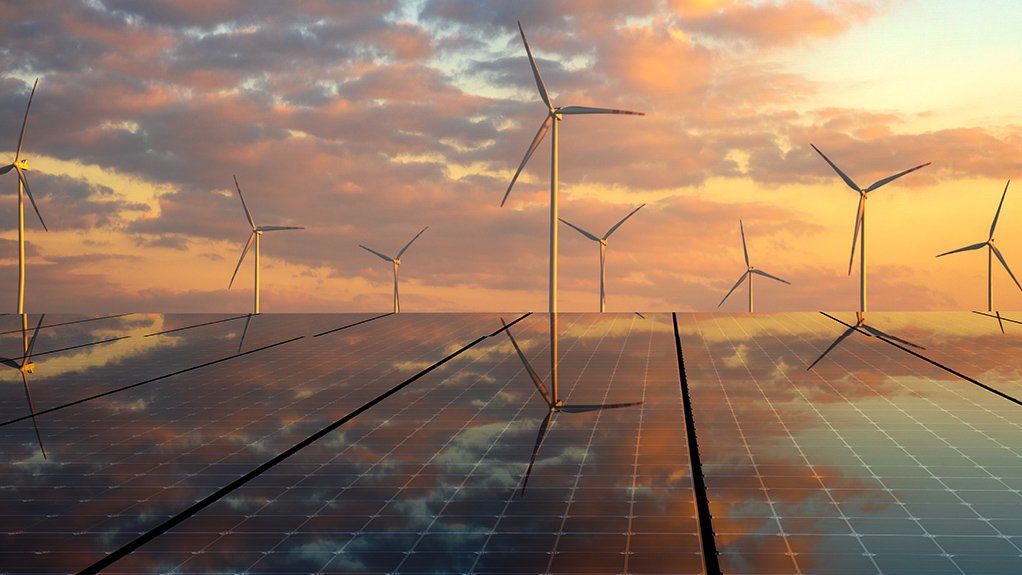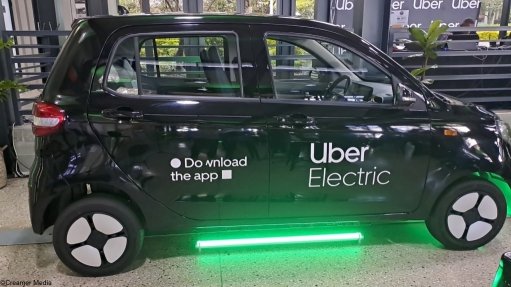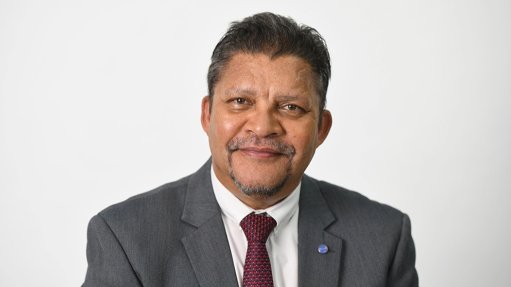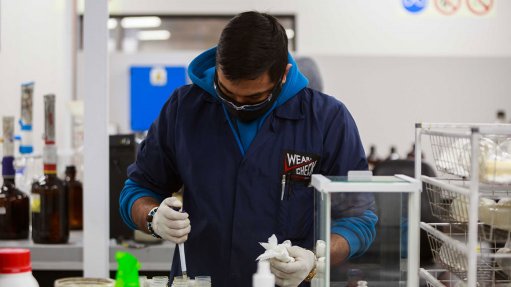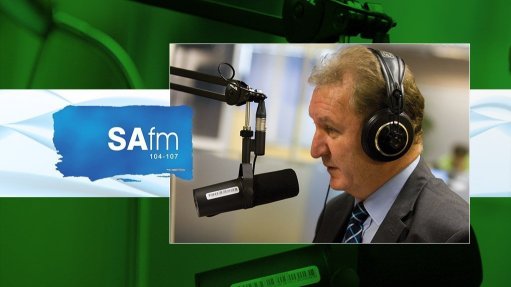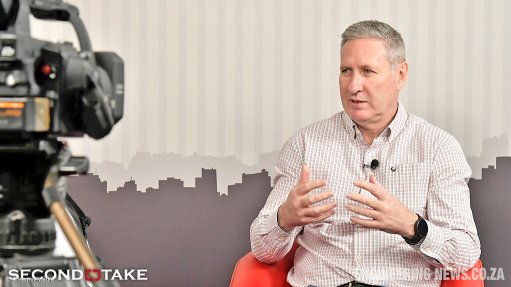Policy uncertainty could lead to future energy transition funding gap in South Africa – report
A new study that assesses the investments required to achieve electricity security in South Africa by 2050 while also meeting the country’s decarbonisation goals has reaffirmed that the least-cost way of meeting the two objectives would be by pursuing a so-called ‘green industrialisation pathway’ – one where up to 85% of South Africa’s electricity is generated from renewable energy, supported by flexible gas, as well as battery and pumped-hydro storage.
Produced by the Development Bank of Southern Africa (DBSA), the Presidential Climate Commission (PCC), the National Planning Commission (NPC), and the National Treasury-linked Southern Africa Toward Inclusive Economic Development programme, the report is titled ‘South Africa's Energy Sector Investment Requirements to Achieve Energy Security and Net Zero by 2050’.
Published on November 5, the research indicates a total system investment requirement of R3.5-trillion by 2050 for the green industrialisation scenario, which also has the lowest total CO2 emissions of 2.1 Gt from 2023 to 2050.
However, the scenario also has the highest upfront capital and grid costs when compared with the other two scenarios presented, including a ‘market forces’ scenario and a ‘business-as-usual’ scenario. The second two pathways have higher operational costs when compared with the green industrialisation scenario, as well as higher emissions.
The total investment required under the green industrialisation scenario to 2050 is R1.6-trillion for generation, R383-billion for transmission and R1.5-trillion for operational expenses.
The market forces scenario, which involves a more gradual shift away from coal and emissions at the upper end of South Africa’s Nationally Determined Contribution, has a slightly higher total system investment requirement of about R3.6-trillion. The ‘business-as-usual’ scenario, meanwhile, has the highest total system investment of R4.2-trillion, despite not including carbon and air quality constraints, but has a high reliance on coal and gas.
Owing to the least-cost parameters used by the researchers, none of the scenarios included new coal or new nuclear, representing a departure from the recently released Integrated Resource Plan 2025, which has a 5 200 MW allocation for new nuclear by 2039.
A market sounding exercise conducted by the researchers indicated that yearly funding of more than R100-billion required to build the new generators, grid and storage assets could be secured by South African public and private investors.
“[M]ost of the market sounding participants (other than one international participant) indicated that there is no funding gap for energy infrastructure within the South African market over the short-to-medium term. However, local market sounding participants have indicated that there will be a significant funding gap in the longer term,” the report states.
NPC commissioner Professor Mark Swilling said this funding gap could emerge in the latter parts of the current decade, owing to investor concern about policy and regulatory uncertainty, as well as what is seen to be an inadequately developed project pipeline.
Although a recent PCC report indicated that the private sector was already investing at a yearly rate of higher than R90-billion, Swilling highlighted market scepticism about whether this could be sustained beyond 2030, owing to a perceived lack of coordination, as well as policy, regulatory and pricing uncertainty.
“For example, there needs to be greater coordination and policy certainty around the establishment of the Transmission System Operator, which, in terms of the Electricity Regulation Amendment Act, is supposed to be established within five years as a fully independent entity, including transmission assets.
“The private sector investors that I've been speaking to are saying that's absolutely critical to establish the confidence for ongoing investment beyond the next five years.”
DBSA CEO Boitumelo Mosako said the development finance institution was ready and willing to participate in the investments needed to ensure security of electricity supply and to reduce emissions, and was keenly awaiting the finalisation of some of the financial instruments that were being proposed to unlock investment.
She said the DBSA was particularly keen for certainty on the Credit Guarantee Vehicle (CGV), which was being established to enable private Independent Transmission Projects to proceed in the absence of any National Treasury guarantee.
The CGV is expected to be launched in 2026 and there is an expectation that Finance Minister Enoch Godongwana may provide an update on the scheme in the upcoming Medium-Term Budget Policy Statement.
Meanwhile, the PCC’s Lebogang Mulaisi emphasised not only the environmental but also the socioeconomic imperatives, stressing that the energy transition needed to be just for coal workers and communities.
“This report is therefore not just about data projections, it's a tool to support decisions that must put people at the centre.
“What the analysis provides decision-makers with is clear insights into the investment needs to ensure reliable, affordable electricity for all South Africans, while meeting our climate commitments and, most importantly, strengthening our economy,” Mulaisi said.
Article Enquiry
Email Article
Save Article
Feedback
To advertise email advertising@creamermedia.co.za or click here
Comments
Announcements
What's On
Subscribe to improve your user experience...
Option 1 (equivalent of R125 a month):
Receive a weekly copy of Creamer Media's Engineering News & Mining Weekly magazine
(print copy for those in South Africa and e-magazine for those outside of South Africa)
Receive daily email newsletters
Access to full search results
Access archive of magazine back copies
Access to Projects in Progress
Access to ONE Research Report of your choice in PDF format
Option 2 (equivalent of R375 a month):
All benefits from Option 1
PLUS
Access to Creamer Media's Research Channel Africa for ALL Research Reports, in PDF format, on various industrial and mining sectors
including Electricity; Water; Energy Transition; Hydrogen; Roads, Rail and Ports; Coal; Gold; Platinum; Battery Metals; etc.
Already a subscriber?
Forgotten your password?
Receive weekly copy of Creamer Media's Engineering News & Mining Weekly magazine (print copy for those in South Africa and e-magazine for those outside of South Africa)
➕
Recieve daily email newsletters
➕
Access to full search results
➕
Access archive of magazine back copies
➕
Access to Projects in Progress
➕
Access to ONE Research Report of your choice in PDF format
RESEARCH CHANNEL AFRICA
R4500 (equivalent of R375 a month)
SUBSCRIBEAll benefits from Option 1
➕
Access to Creamer Media's Research Channel Africa for ALL Research Reports on various industrial and mining sectors, in PDF format, including on:
Electricity
➕
Water
➕
Energy Transition
➕
Hydrogen
➕
Roads, Rail and Ports
➕
Coal
➕
Gold
➕
Platinum
➕
Battery Metals
➕
etc.
Receive all benefits from Option 1 or Option 2 delivered to numerous people at your company
➕
Multiple User names and Passwords for simultaneous log-ins
➕
Intranet integration access to all in your organisation



